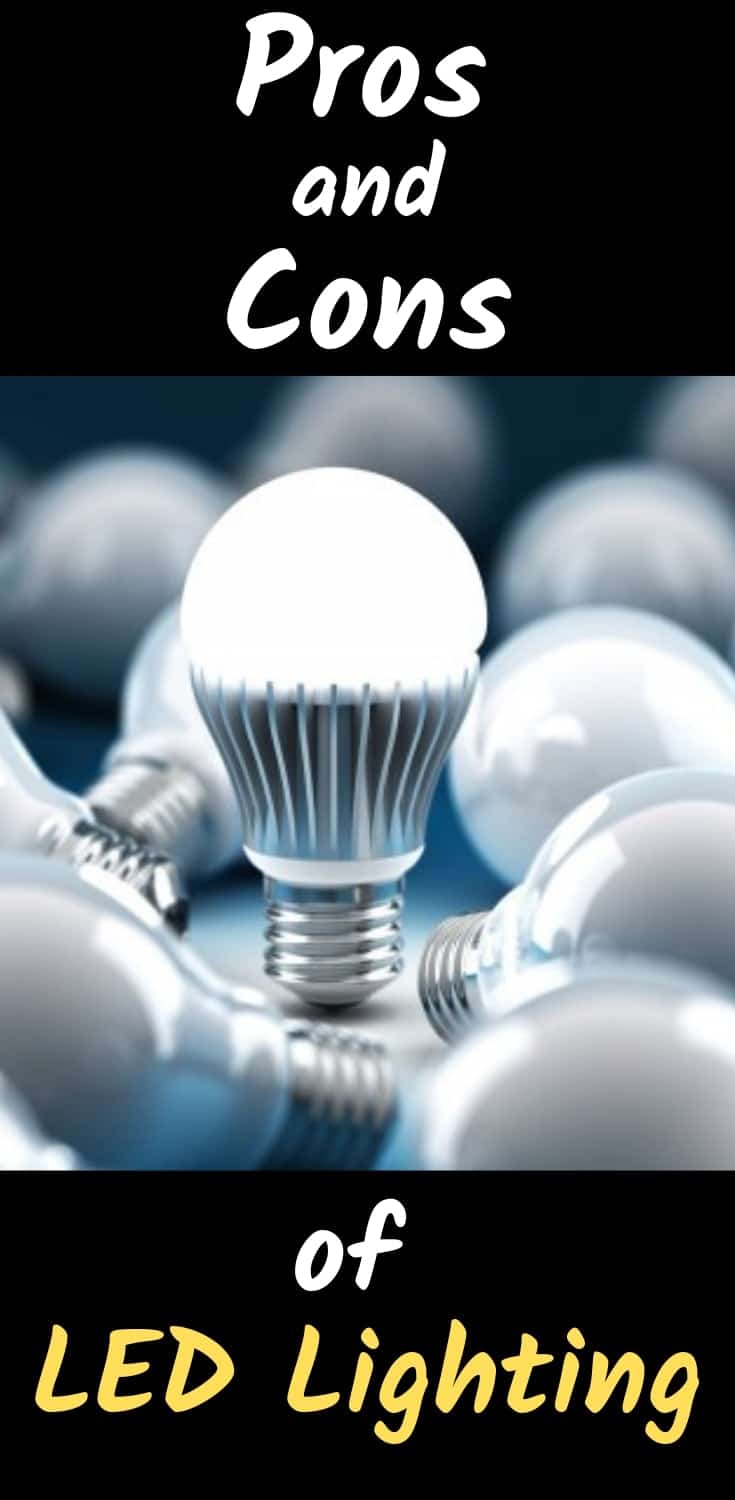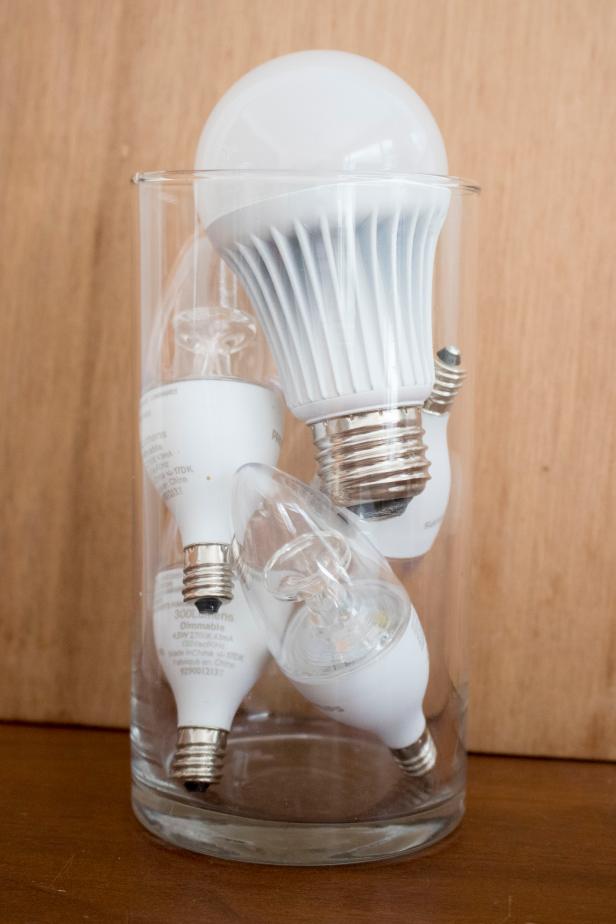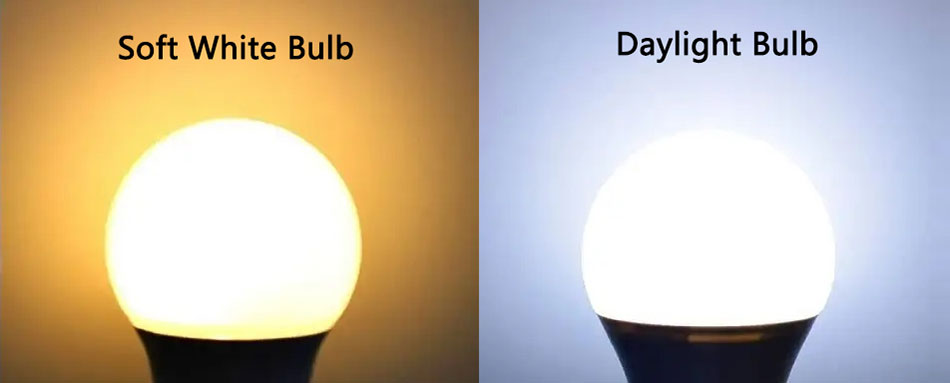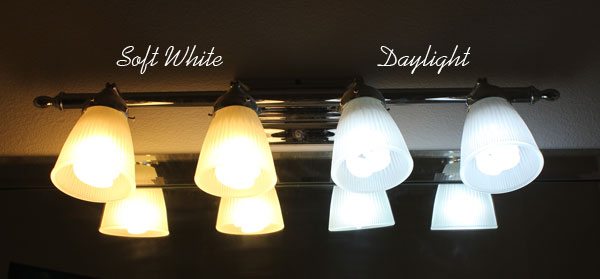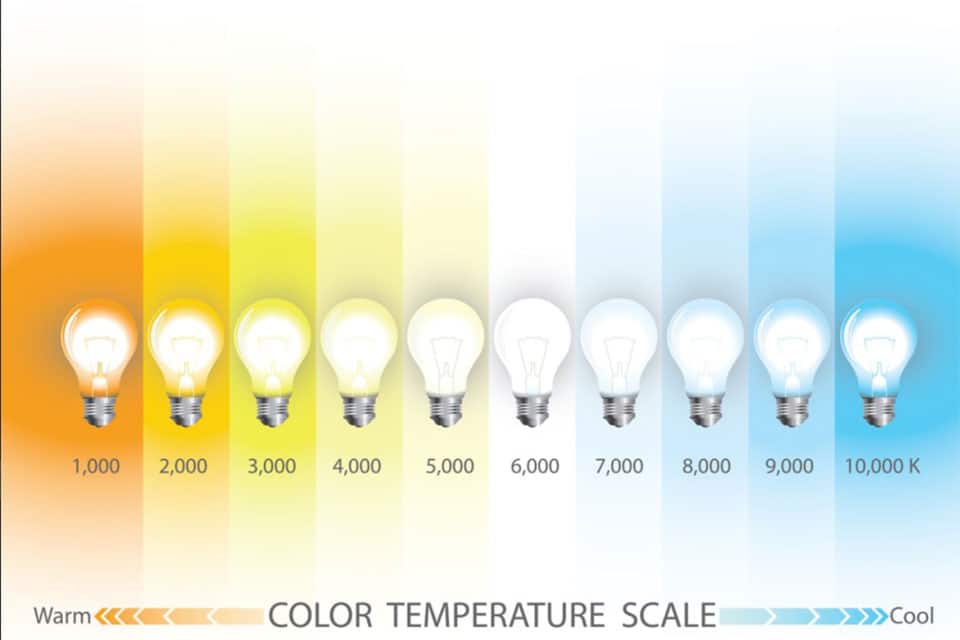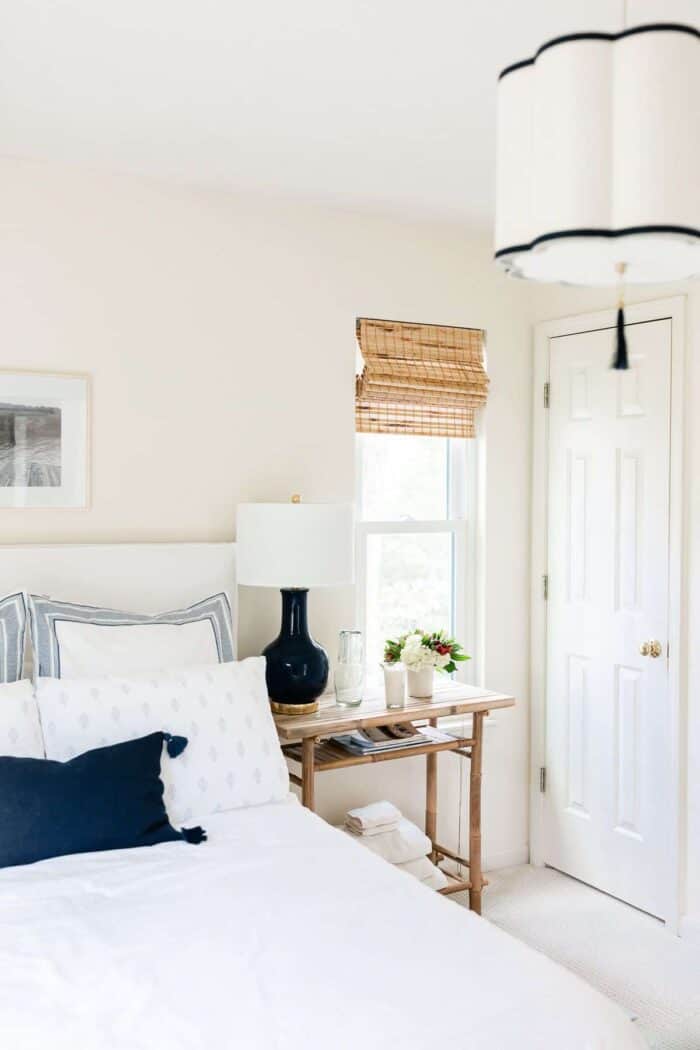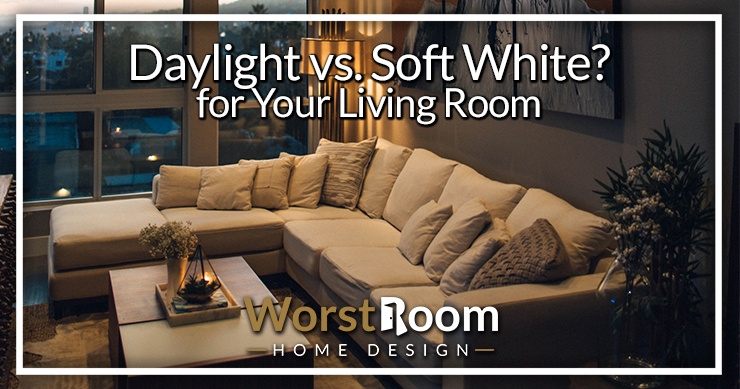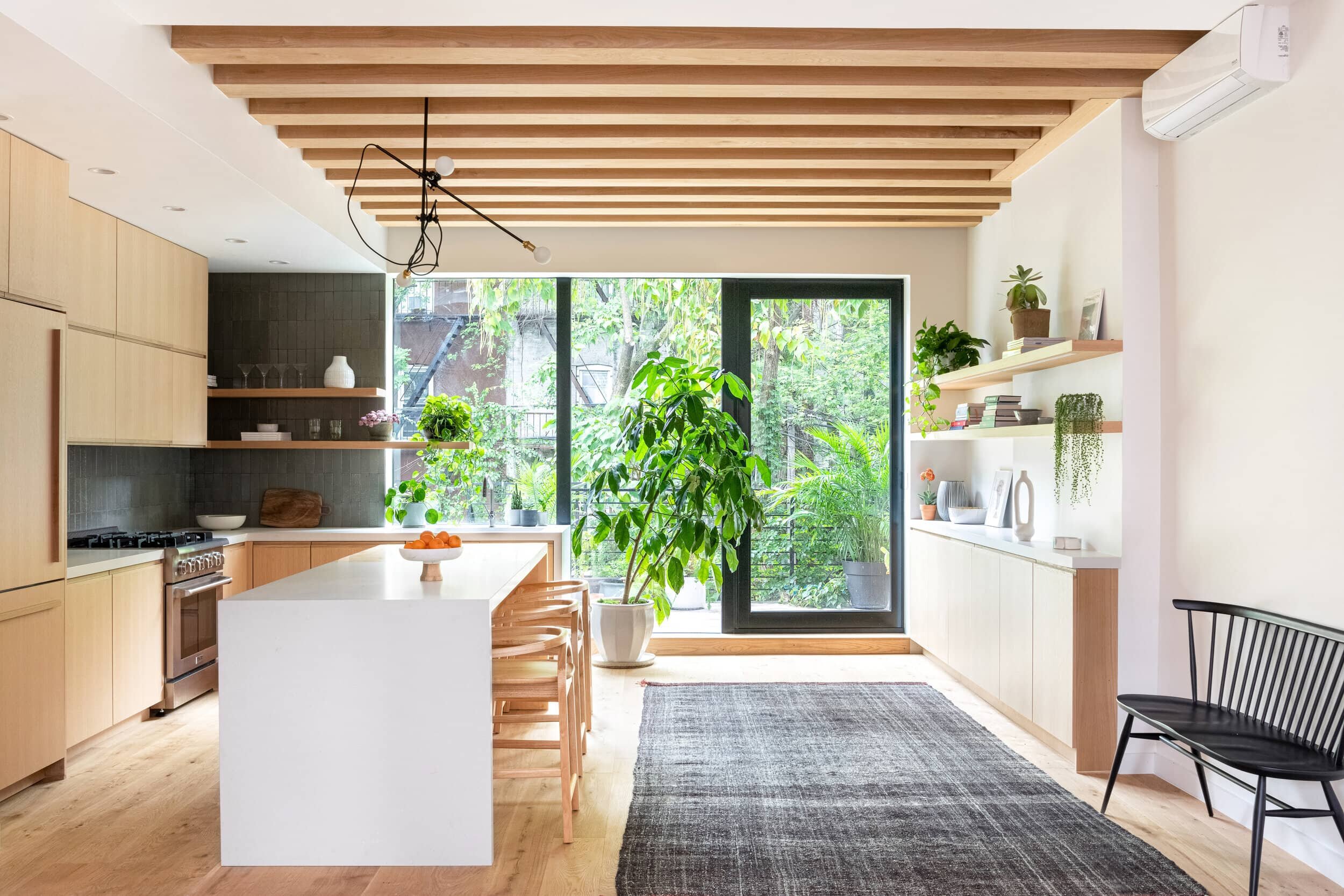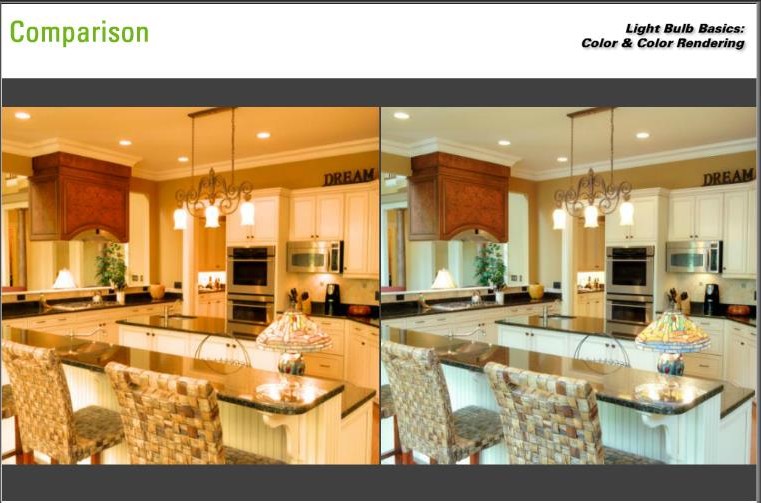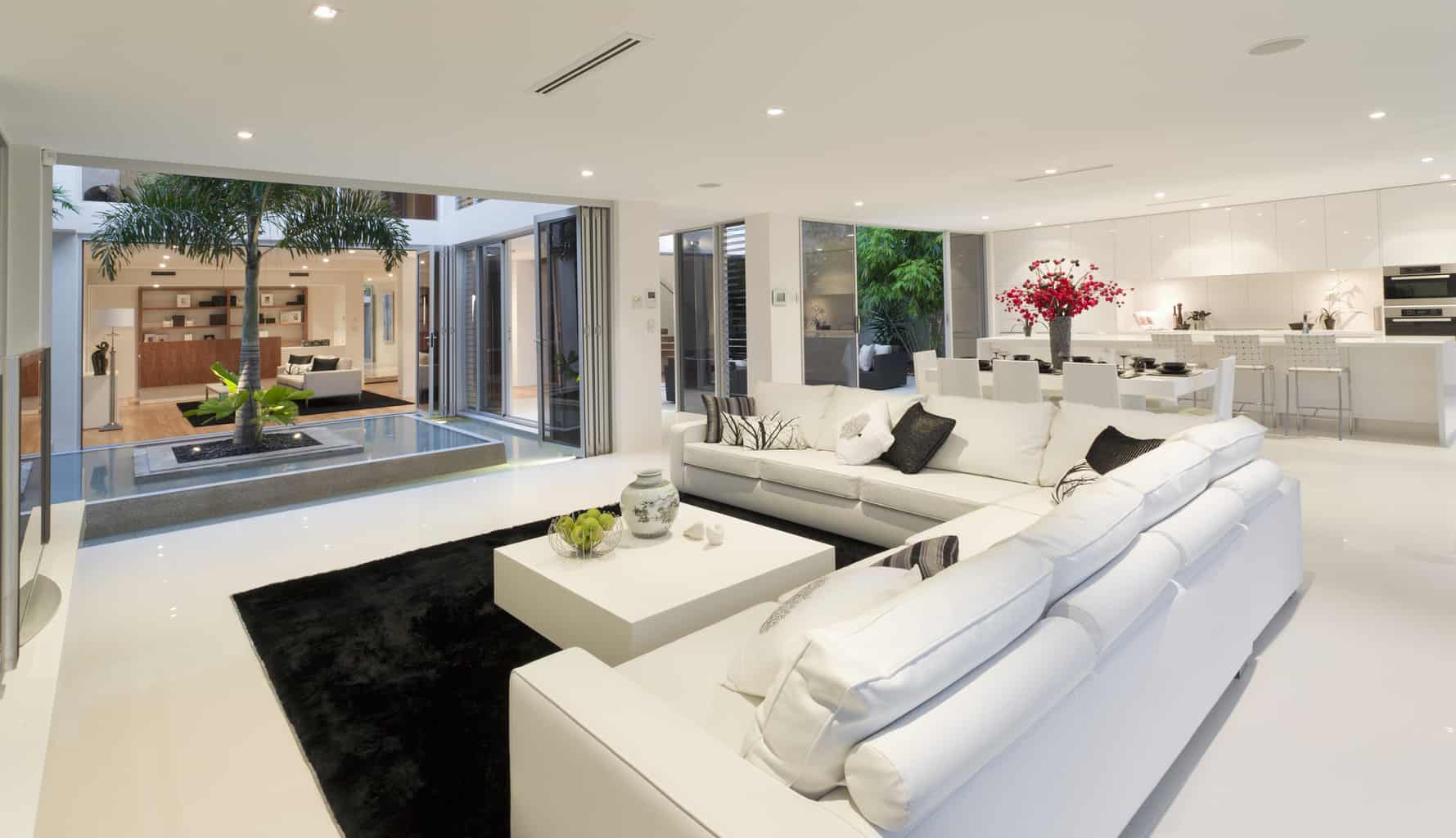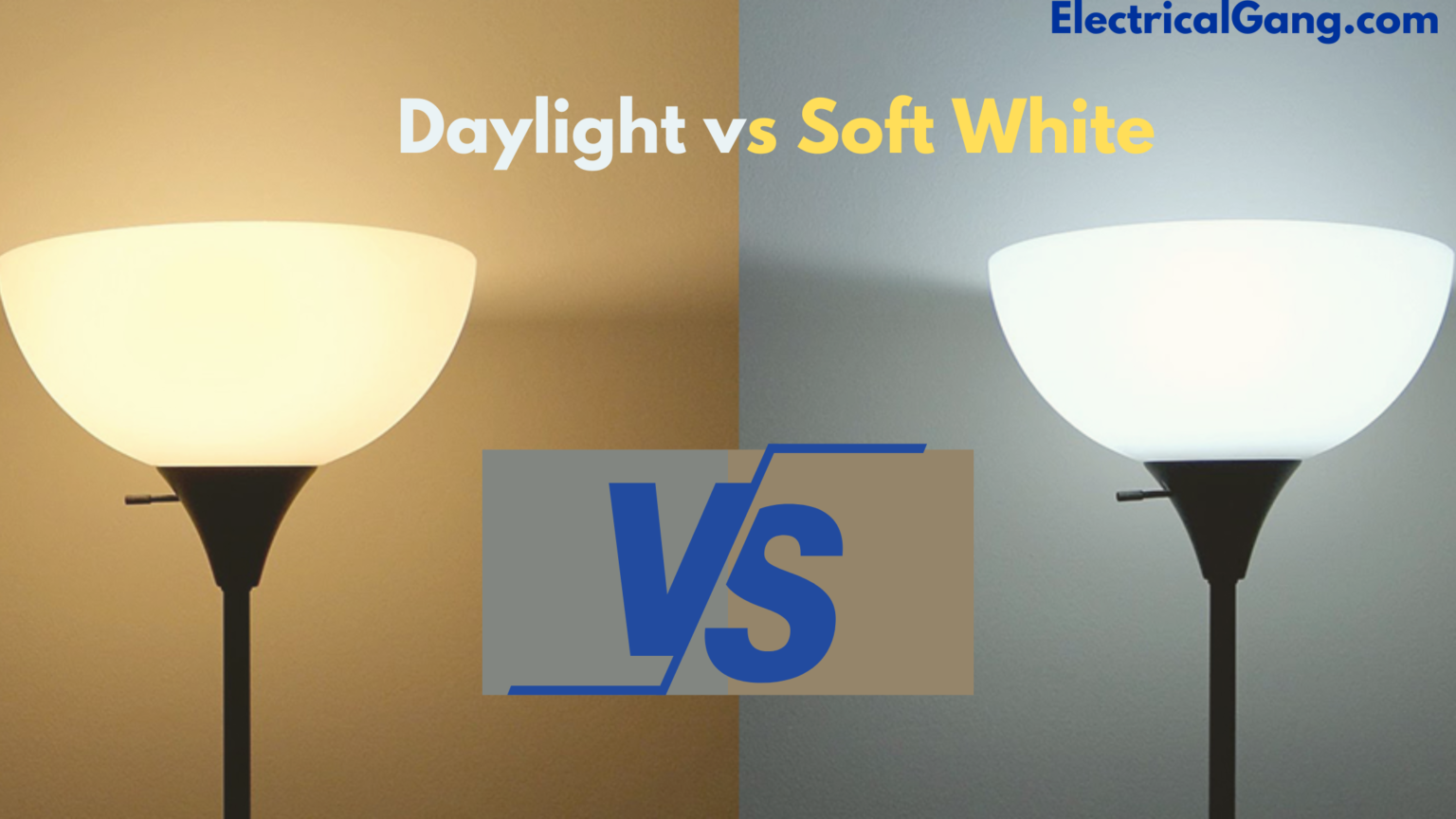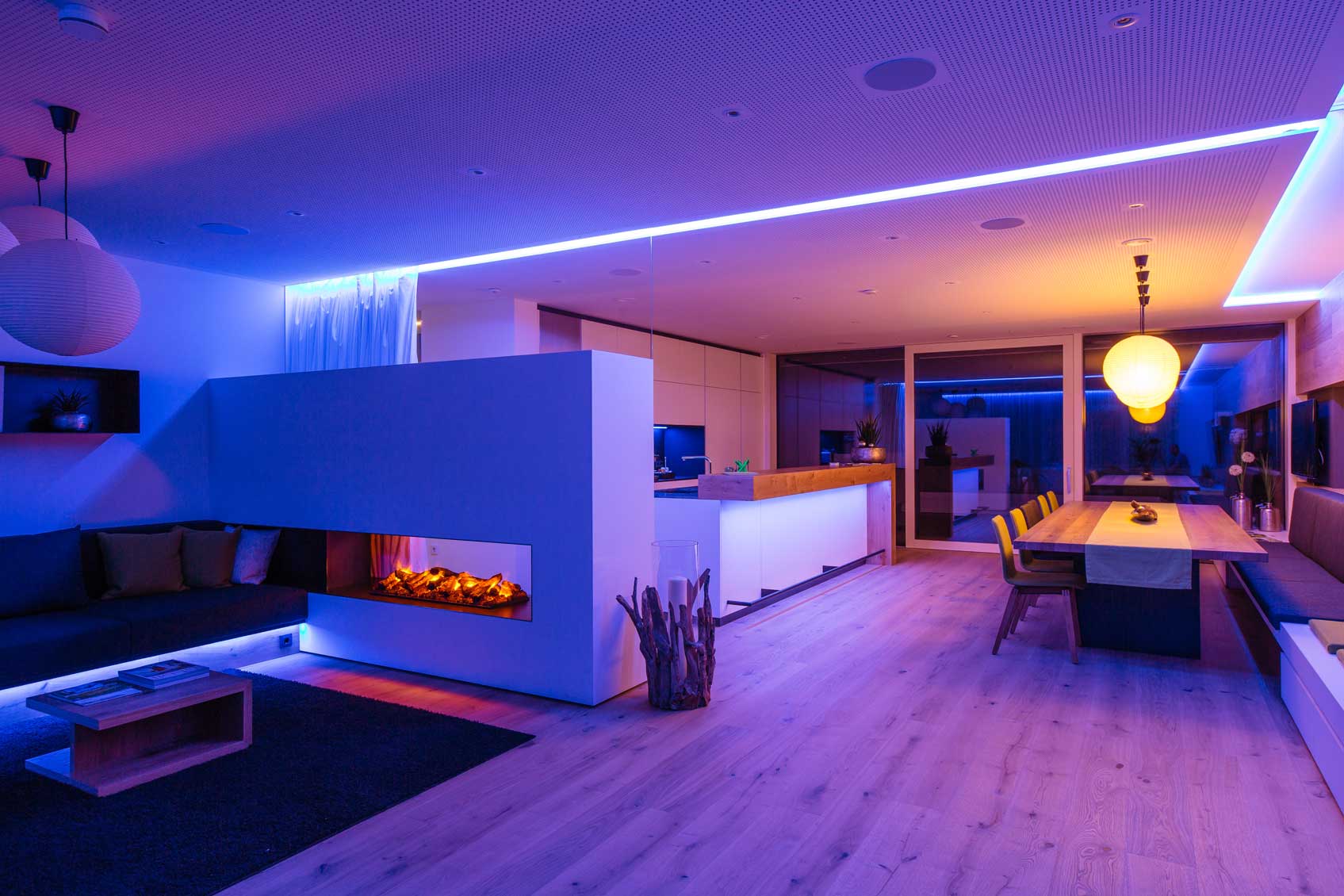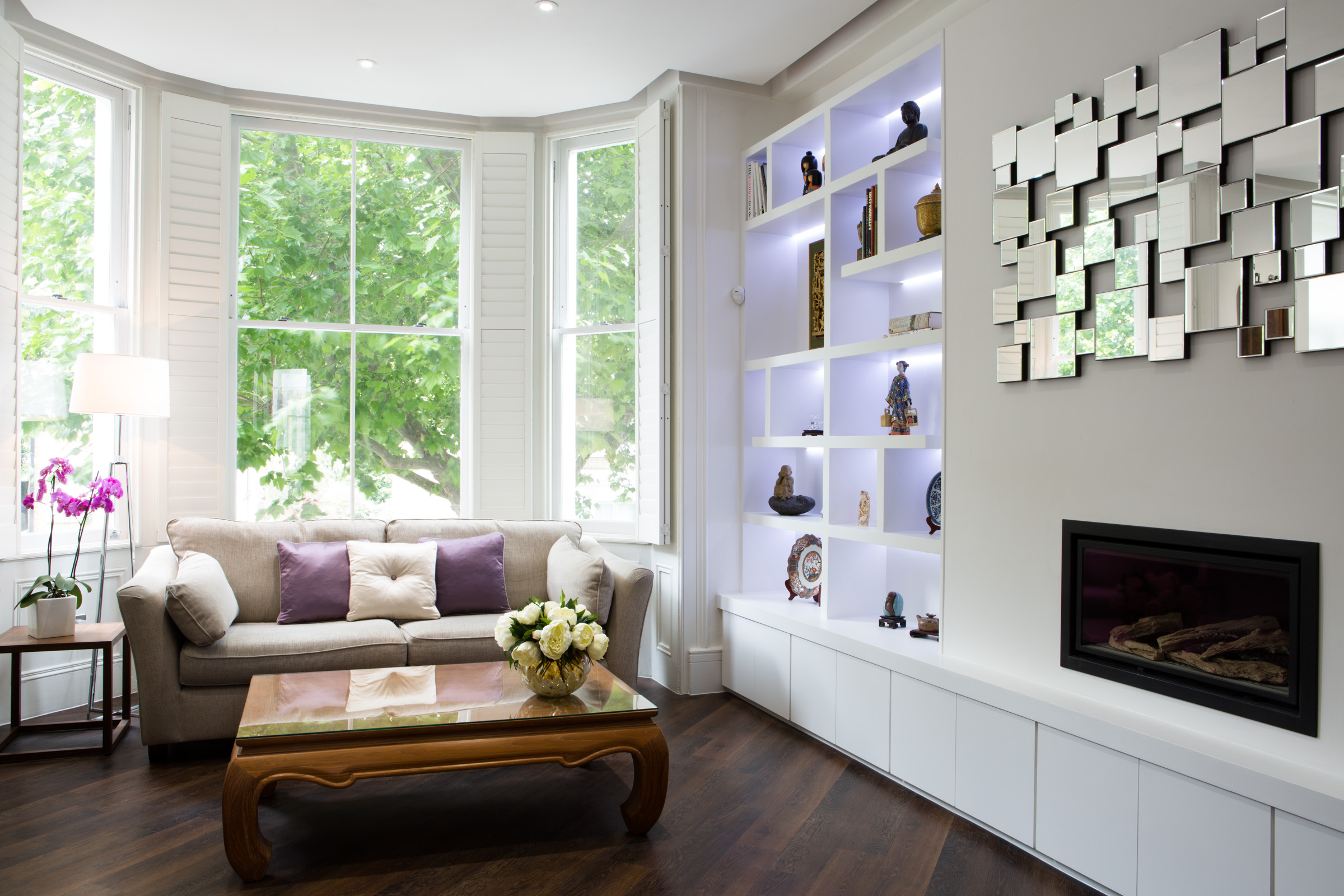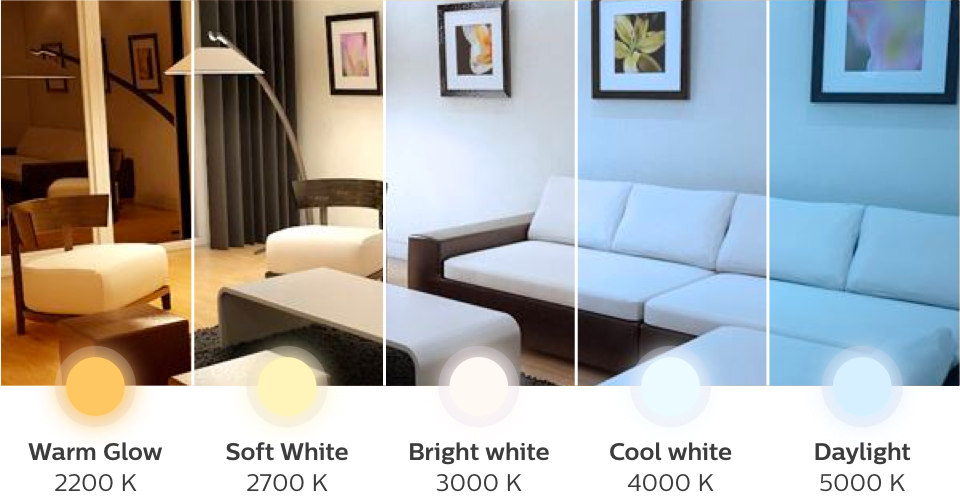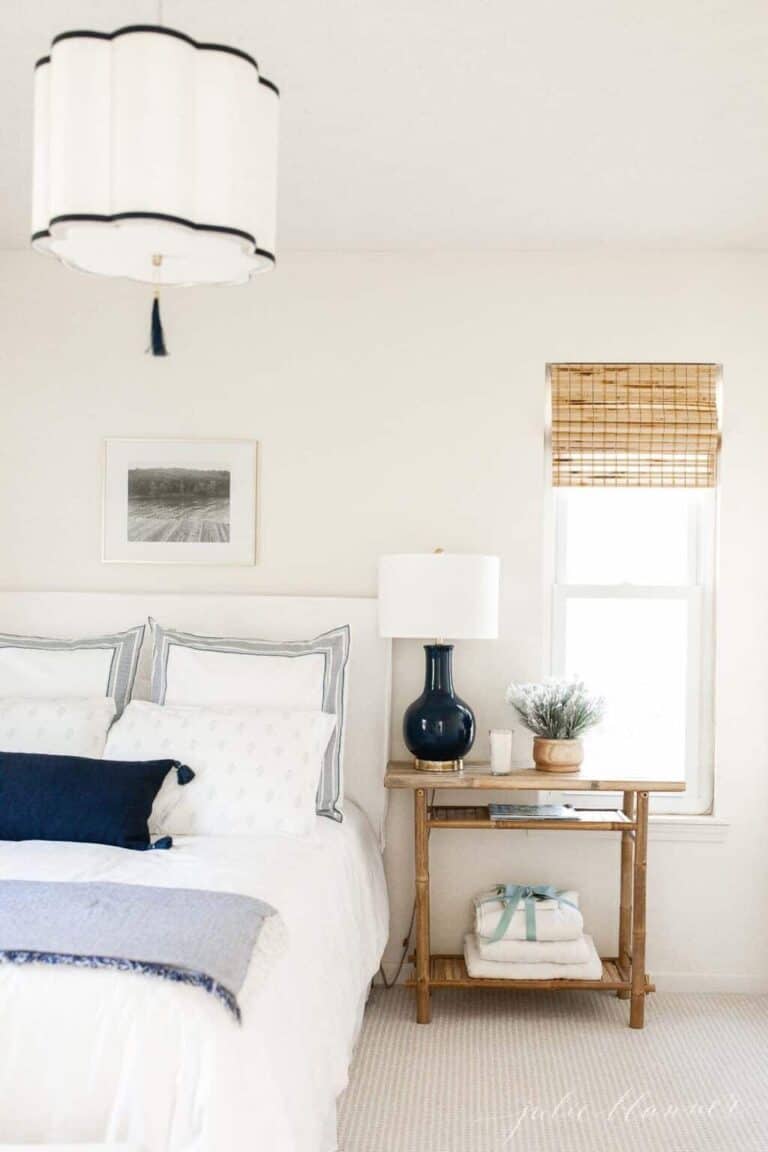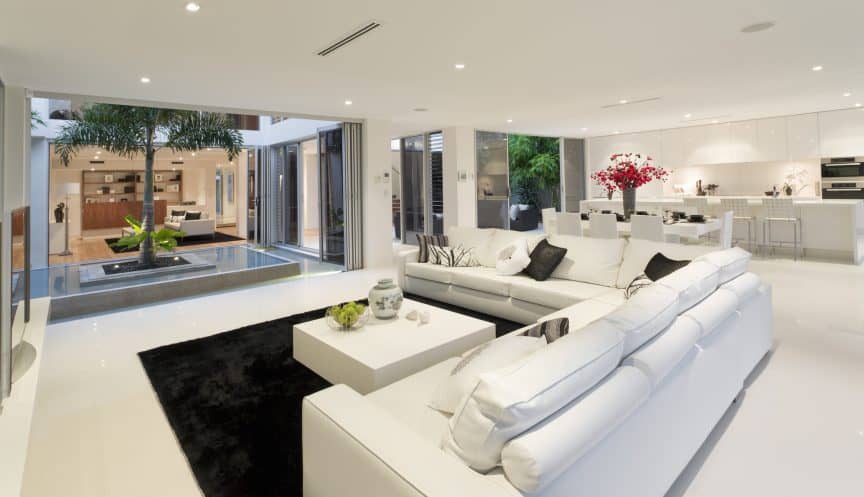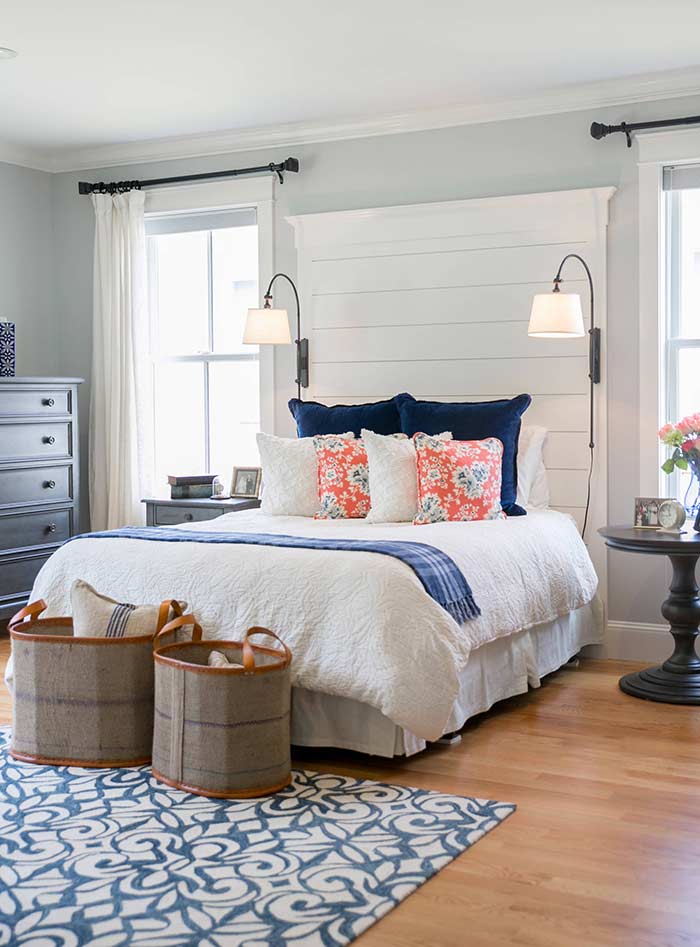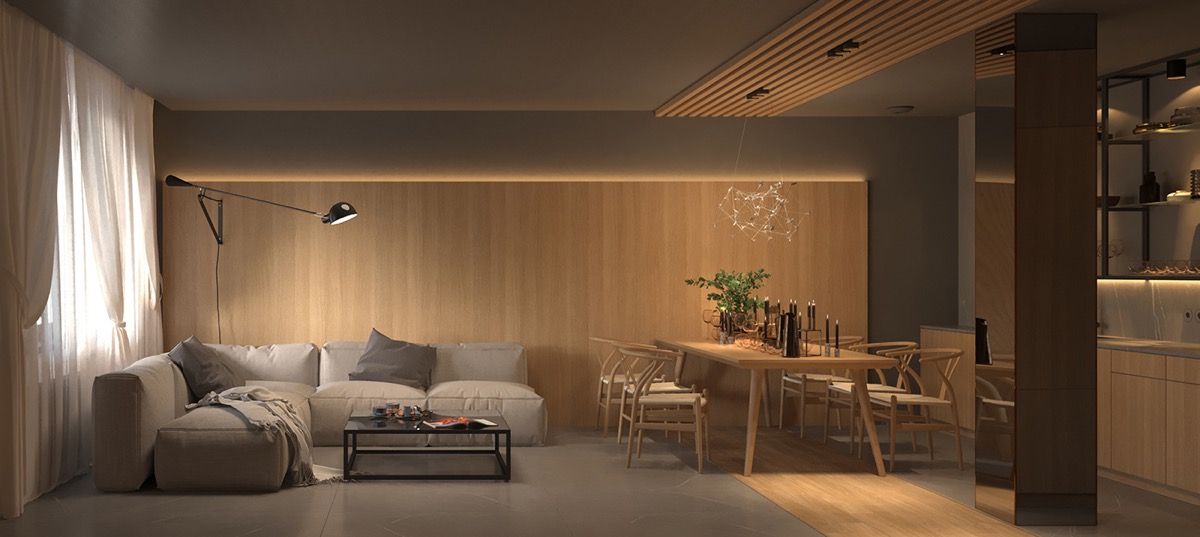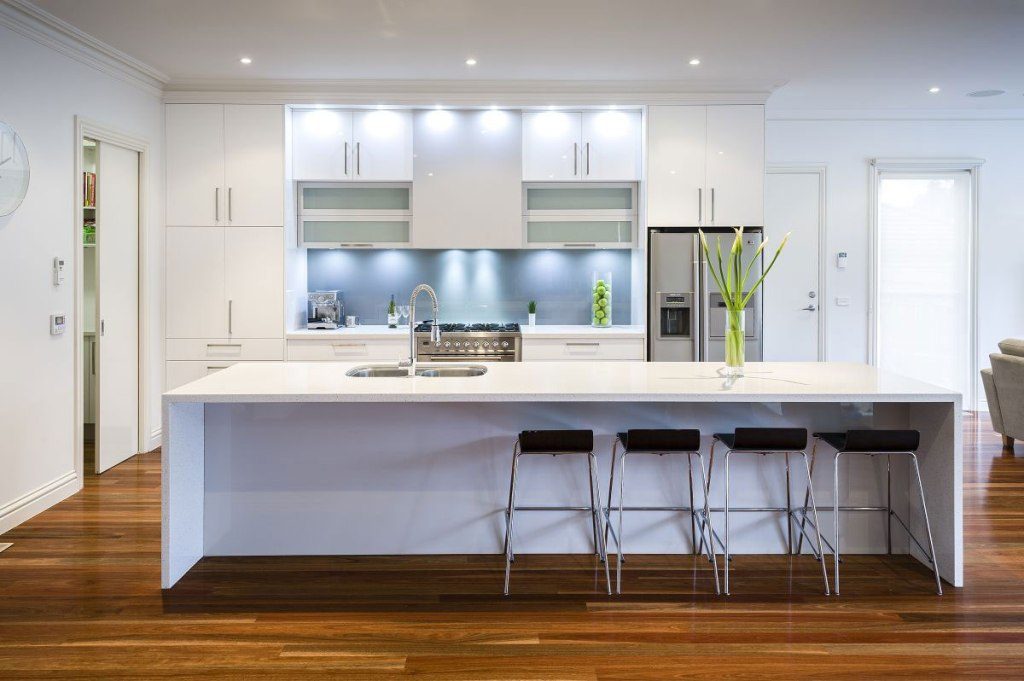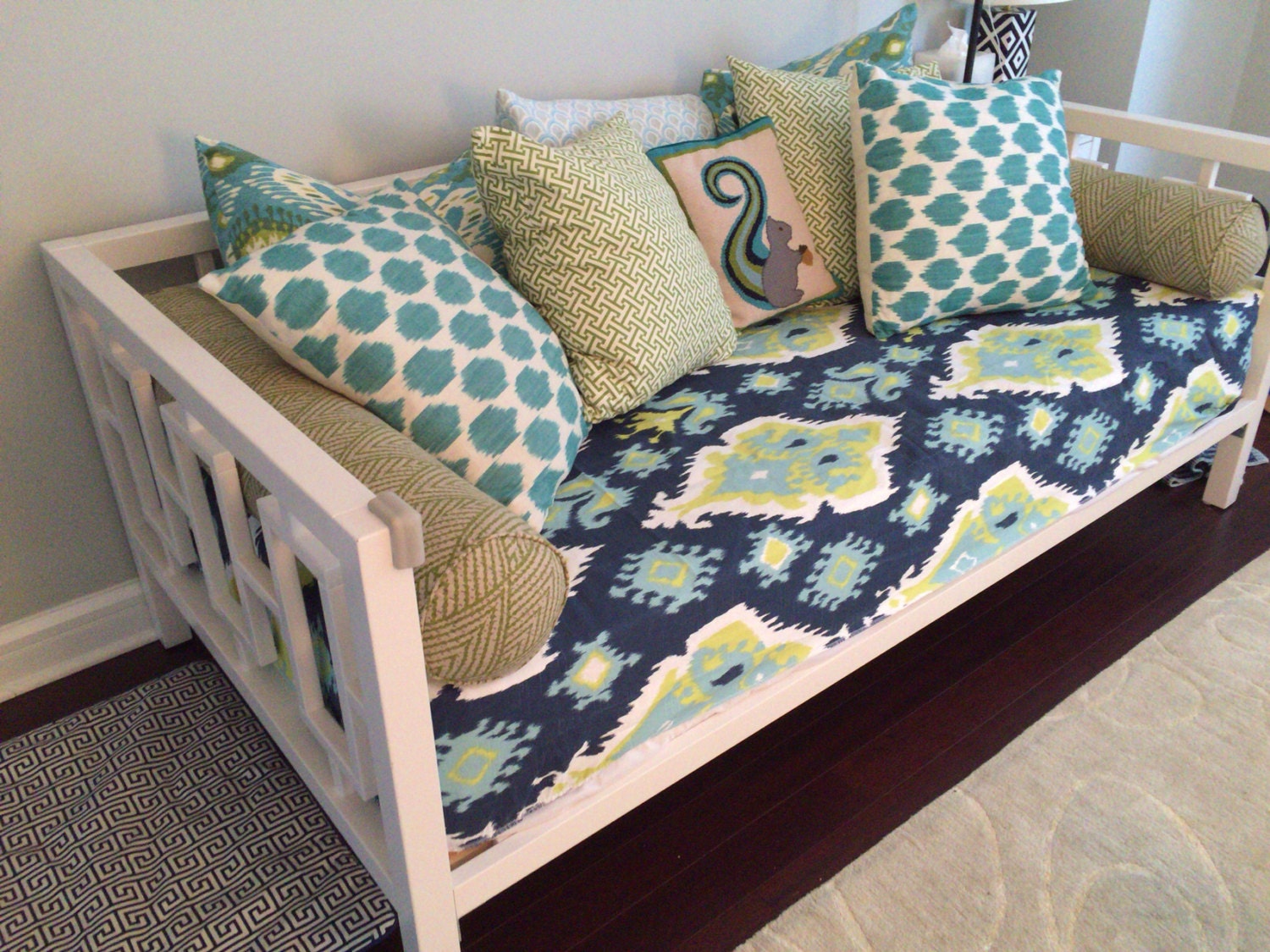When it comes to lighting your living room, the type of light you choose can have a big impact on the overall look and feel of the space. Two popular options on the market are daylight and soft white lighting. But which one is better for your living room? Let's take a closer look at the pros and cons of each to help you make the best decision for your space. Daylight vs Soft White: Which is Better for Your Living Room?
Daylight bulbs are designed to mimic the natural light of the sun, giving off a bright and cool tone. On the other hand, soft white bulbs emit a warm and cozy light that is similar to the glow of a candle. Both options have their own benefits and drawbacks. The Pros of Daylight Lighting: The Pros and Cons of Daylight and Soft White Lighting
When deciding between daylight and soft white lighting for your living room, it's important to consider the function of the space and your personal preferences. If you use your living room as a multipurpose area where you work and relax, you may want to consider a combination of both types of lighting. For example, you could use daylight bulbs for your desk or reading nook, and soft white bulbs for the rest of the room. Another factor to consider is the color scheme and decor of your living room. If you have a lot of cool tones, such as blues and greens, in your decor, daylight bulbs may complement them better. If your living room has warm and earthy tones, soft white lighting may enhance the cozy and inviting atmosphere. Choosing the Right Lighting for Your Living Room: Daylight vs Soft White
In addition to choosing between daylight and soft white lighting, you also have the option to incorporate natural light into your living room. Natural light can have many benefits, such as boosting your mood and saving energy costs. However, it's important to consider the placement and size of windows in your living room before relying solely on natural light. If your living room receives a lot of natural light, you may want to stick with soft white bulbs to balance out the brightness and create a warm and comfortable atmosphere. If your living room lacks natural light, you may want to use daylight bulbs to bring in some brightness and mimic the effects of natural light. Natural Light vs Artificial Light: Which is Best for Your Living Room?
Lighting can have a significant impact on the overall look and feel of your living room décor. Daylight and soft white lighting can create different moods and highlight different features in your space. If you have artwork or decorative pieces in your living room, daylight bulbs may be a better choice as they bring out the true colors and details. On the other hand, soft white lighting can make your living room furniture and textiles look more inviting and cozy. The Impact of Daylight and Soft White Lighting on Your Living Room Décor
Energy efficiency is another important factor to consider when choosing between daylight and soft white lighting for your living room. Daylight bulbs are typically more energy efficient as they produce more lumens per watt compared to soft white bulbs. However, the energy consumption largely depends on the type of bulb you choose. For example, LED bulbs are more energy efficient than incandescent bulbs, regardless of whether they emit daylight or soft white light. Daylight vs Soft White: Which is More Energy Efficient for Your Living Room?
The key to creating the perfect ambiance in your living room is to find the right balance between daylight and soft white lighting. You can achieve this by layering your lighting and using dimmer switches. This allows you to adjust the brightness and tone of the light to suit different activities and moods. You can also use different types of light fixtures, such as floor lamps and table lamps, to add warmth and depth to your living room. Mixing and matching different light sources can create a more dynamic and inviting space. Creating the Perfect Ambiance in Your Living Room with Daylight and Soft White Lighting
When it comes to your eye health, both daylight and soft white lighting have their own benefits. Daylight bulbs may be better for tasks that require good lighting, such as reading and working on a computer, as they provide a brighter and more natural light. Soft white bulbs, on the other hand, can be more relaxing and beneficial for winding down at the end of the day. If you have any concerns about eye strain or fatigue, it's important to consult with an eye doctor for personalized recommendations. Daylight vs Soft White: Which is Better for Your Eyes in the Living Room?
When it comes to cost, daylight and soft white bulbs are generally priced similarly. However, as mentioned earlier, daylight bulbs may be more energy efficient, which can save you money in the long run. LED bulbs, regardless of their color temperature, may have a higher upfront cost but can save you more money on energy bills in the long term. The Cost Comparison: Daylight vs Soft White Lighting for Your Living Room
Now that you know the pros and cons of daylight and soft white lighting, you may be wondering how to incorporate them into your living room design. Here are a few tips to help you get started: How to Incorporate Daylight and Soft White Lighting in Your Living Room Design
The Importance of Choosing the Right Lighting for Your Living Room

Creating the Perfect Ambiance
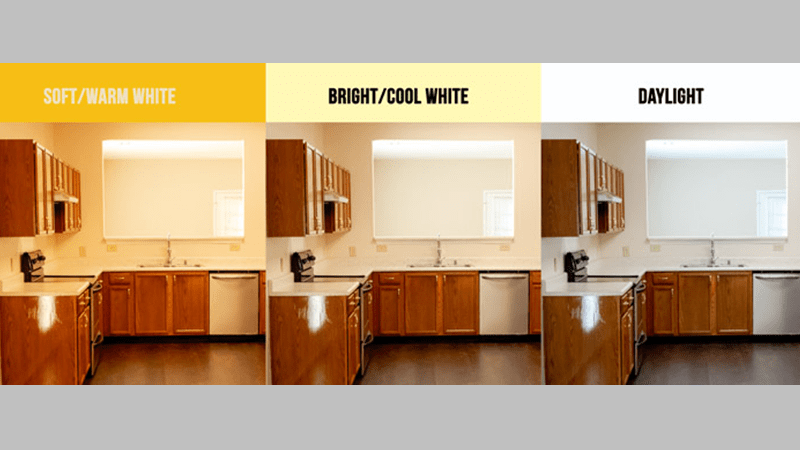 When it comes to designing your living room, lighting plays a crucial role in creating the perfect ambiance. Not only does it provide necessary illumination, but it also adds to the overall aesthetic of the space. With the wide variety of lighting options available, it can be overwhelming to decide which type is best for your living room. Two popular choices are daylight and soft white bulbs, each with its own unique benefits.
Daylight bulbs
are designed to mimic natural sunlight and have a color temperature of 5000-6500K, giving off a bright and cool white light. This type of lighting is ideal for rooms that require a lot of light, such as a living room. It can help create a sense of openness and freshness, making the space feel larger and more inviting. Additionally, daylight bulbs are known to improve productivity and boost mood, making them a great choice for a multi-functional living room.
When it comes to designing your living room, lighting plays a crucial role in creating the perfect ambiance. Not only does it provide necessary illumination, but it also adds to the overall aesthetic of the space. With the wide variety of lighting options available, it can be overwhelming to decide which type is best for your living room. Two popular choices are daylight and soft white bulbs, each with its own unique benefits.
Daylight bulbs
are designed to mimic natural sunlight and have a color temperature of 5000-6500K, giving off a bright and cool white light. This type of lighting is ideal for rooms that require a lot of light, such as a living room. It can help create a sense of openness and freshness, making the space feel larger and more inviting. Additionally, daylight bulbs are known to improve productivity and boost mood, making them a great choice for a multi-functional living room.
Soft White for a Cozy Atmosphere
 On the other hand,
soft white bulbs
have a color temperature of 2700-3000K, emitting a warm and cozy light. This type of lighting is perfect for creating a relaxed and inviting atmosphere in your living room. Soft white bulbs are often used in areas where you want to promote relaxation, such as a reading nook or a cozy seating area. They also work well in living rooms with warmer color schemes, adding to the overall warmth of the space.
On the other hand,
soft white bulbs
have a color temperature of 2700-3000K, emitting a warm and cozy light. This type of lighting is perfect for creating a relaxed and inviting atmosphere in your living room. Soft white bulbs are often used in areas where you want to promote relaxation, such as a reading nook or a cozy seating area. They also work well in living rooms with warmer color schemes, adding to the overall warmth of the space.
The Best of Both Worlds
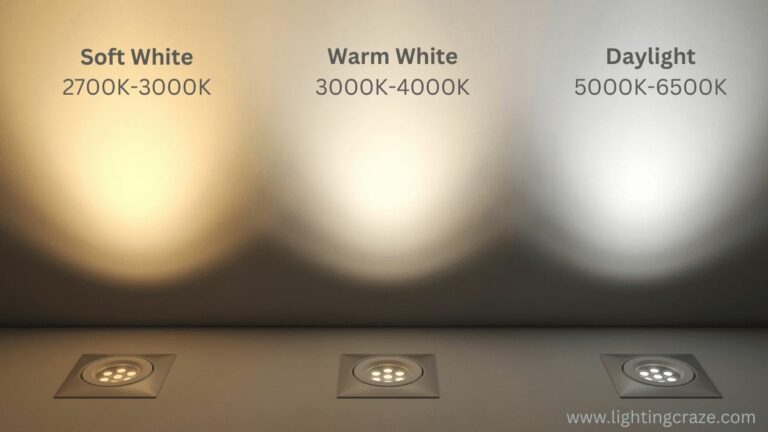 While daylight and soft white bulbs offer different lighting experiences, combining both can create the perfect balance in your living room. By using daylight bulbs for general lighting and soft white bulbs for accent or task lighting, you can achieve a versatile and well-lit space. This combination allows you to adjust the lighting according to your needs and mood, whether you want a bright and energetic space or a cozy and intimate one.
In the end, the decision between daylight and soft white bulbs for your living room comes down to personal preference and the overall design of your space. Consider the function and atmosphere you want to create, and choose the lighting that best suits your needs. With the right lighting, you can transform your living room into a comfortable and inviting space that reflects your unique style and personality.
While daylight and soft white bulbs offer different lighting experiences, combining both can create the perfect balance in your living room. By using daylight bulbs for general lighting and soft white bulbs for accent or task lighting, you can achieve a versatile and well-lit space. This combination allows you to adjust the lighting according to your needs and mood, whether you want a bright and energetic space or a cozy and intimate one.
In the end, the decision between daylight and soft white bulbs for your living room comes down to personal preference and the overall design of your space. Consider the function and atmosphere you want to create, and choose the lighting that best suits your needs. With the right lighting, you can transform your living room into a comfortable and inviting space that reflects your unique style and personality.


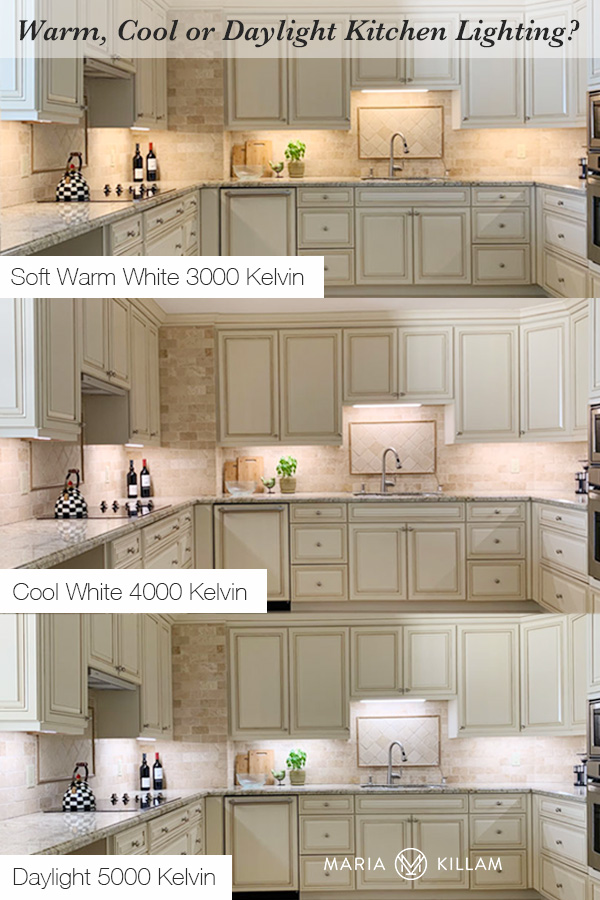
:max_bytes(150000):strip_icc()/SPR-soft-white-vs-daylight-bulbs-7152760-17f48efdc5c14e78b8707e0decce21c9.jpg)






